SOLVED
Unlocking the Mysteries of the Inhabitants,
Languages and Religions of the World
Cities and Towers
When mankind began to multiply after the Flood, they made their journey till they found a plain in the ancient land of Babel. It was here that a major consensus was formed to build “a city and a tower” (Genesis 11:4). The primary reason for this decree was to unite mankind in mind and purpose to resist spreading throughout the whole earth. However, the Lord, whose will it was for mankind, “to dwell on all the face of the earth” (Acts 17:26), came down and confused their language and, “scattered them abroad from thence upon the face of all the earth: and they left off to build the city” (Genesis 11:8).
As a result of their rebellion the nations of the world were formed, each with their own distinct language. A thousand years after this incident the Bible tells us that, “every nation made gods of their own, and put them in the houses of the high places … every nation in their cities wherein they dwelt” (2 Kings 17:29). The “houses” were the “temples” they built on the top of their pyramids and were used to house their gods.
Four thousand years later, the same could be found in the Americas. If one was to travel through the Yucatan of the Mayans or the heartland of the Aztecs, the observer will find the ruins of great cities built around massive temple topped pyramids that were used to house their gods. Amazing! Some of the larger cities are Uxmal, Teotihuacan, Chichen Itza, Tenochtitlan, Coba, Cholula, Tikal, El Tajin, Tula, La Venta, El Mirador and Copan. These great metropolises were the center of the political, commercial and religious life of the Mayan and Aztec nations.
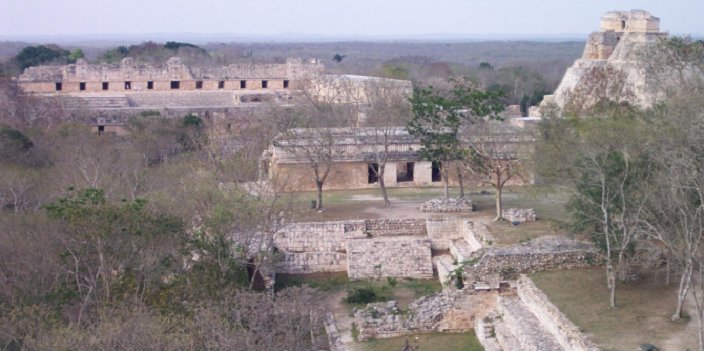
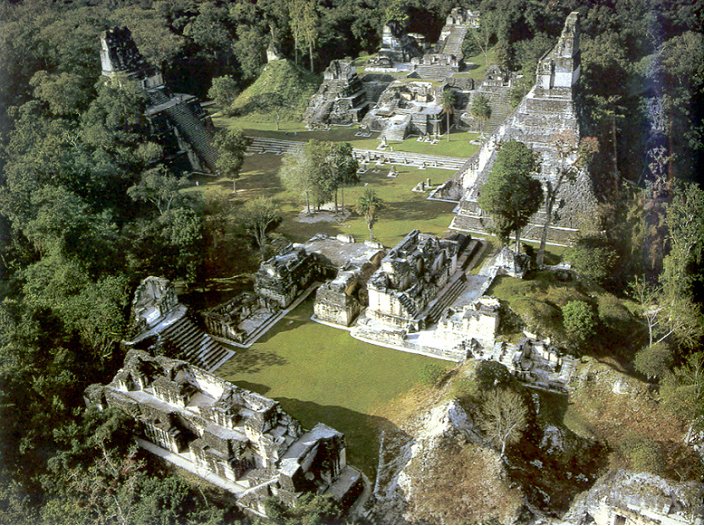
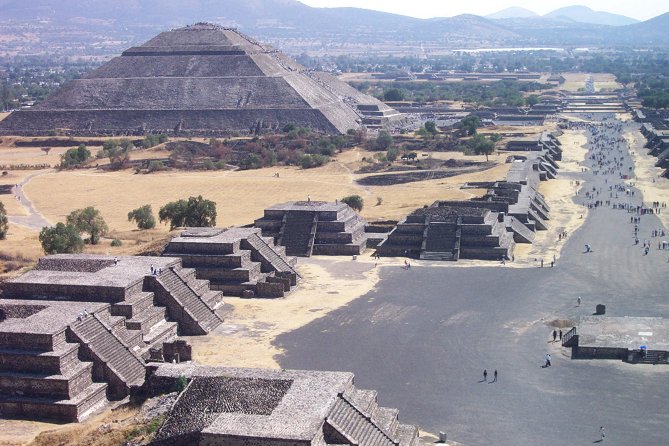
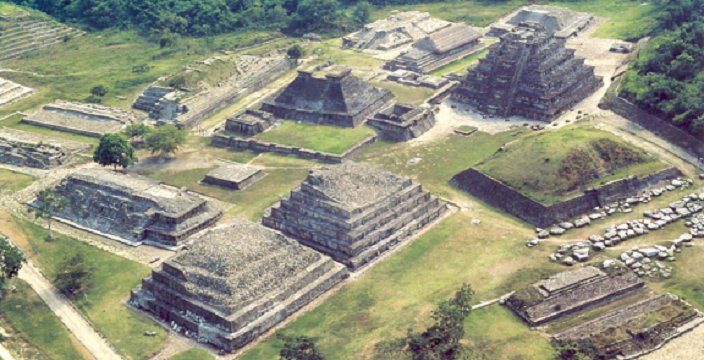
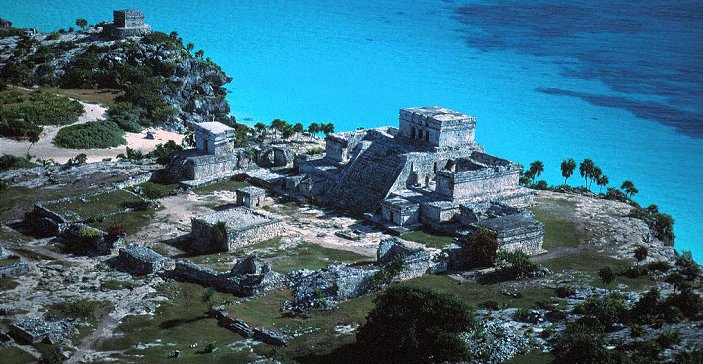
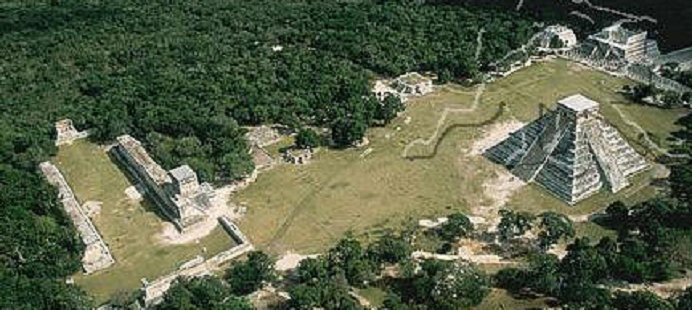
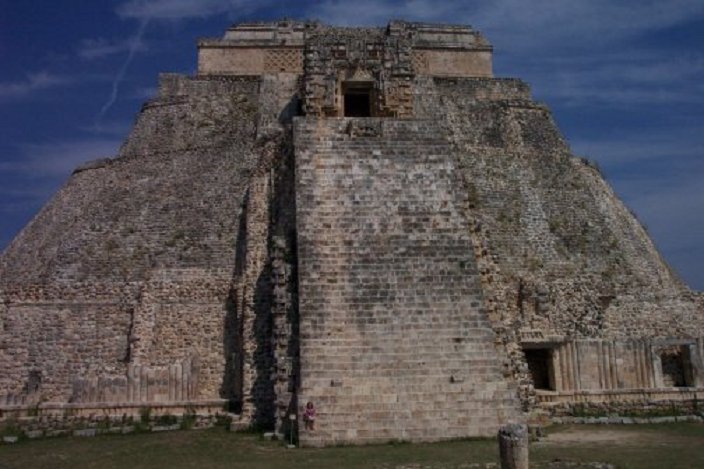
In Mexico and Central America there are over one hundred pyramid sites. Government buildings, palaces, ball courts, markets, and evidence of water and sewer infrastructure made these centers capable of maintaining very large populations. For example, Teotihuacan, at the time of her zenith (500 AD), was thought to have a population of about 200,000, making it the largest city in the world at that time.
As for the pyramids, they were built for religious service, and were always topped with stone temples. If stone temples were not found, “Postholes in summit platforms … supplied evidence that a building of perishable materials once crowned some of the nested pyramids”. The pyramids “served them as temples and oratories, and on top of each one, at the highest point, they had their god” (The Rise and Fall of Maya Civilization, p. 51, 69-70, 1954).
The colossal “Pyramid of the Sun” at Teotihuacán, Mexico was constructed in such a manner. It is 213 feet high and 746 feet at its base making it the third largest pyramid in the world. Flights of stairs lead to the summit that was originally crowned by a richly ornamented temple that “housed a stone idol” (Teotihuacan, History, Art and Monuments, p. 23, 1995).
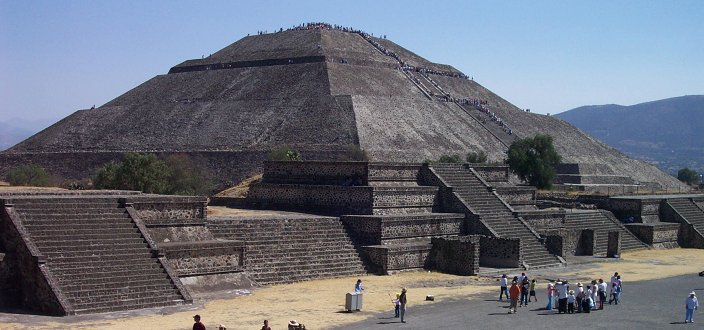
Another pyramid at Teotihuacán is the Pyramid of the Moon, which greatly resembles the pyramid of the Moon god Nanna (also called Sin), located in the hometown of Abraham, the ancient city of Ur.
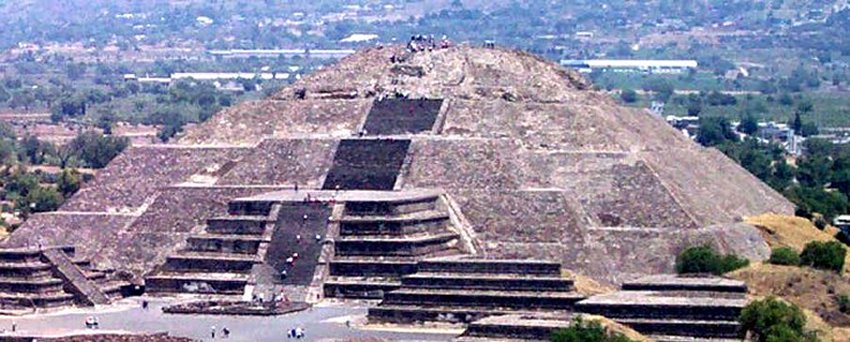
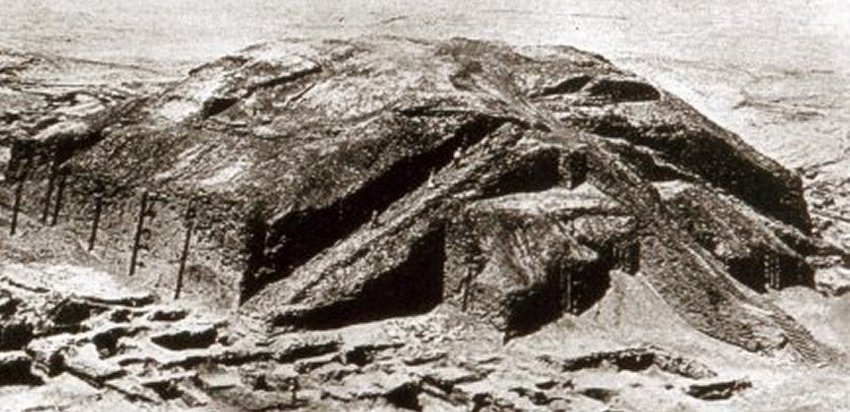
“Around the principle pyramids [at Teotihuacán] are a great number of smaller ones, rarely exceeding thirty feet in height, which, according to tradition, were dedicated to the stars…” (Mexico and the Life of Conqueror Fernando Cortes, By William H. Prescott, Vol. II, p. 105, 1898)
Teotihuacán ruled the Valley of Mexico until its decline in 650 AD. Around 950 AD the Toltecs, based in northern Mexico at Tula, began to dominate Central America until around 1200 AD when the great Aztec empire began to take shape. The capital of the Aztec empire was Tenochtitlán, where Mexico City is now situated. This was the heart of the Aztec world when the Spaniards arrived.
“At the center of Tenochtitlán was a ceremonial plaza paved with stone. The plaza housed several large government buildings and the palace of the Aztec ruler, which was two stories high and contained hundreds of rooms. The most important structure in the plaza was a large, terraced pyramid crowned with two stone temples dedicated to the most important Aztec gods—the sun god (also the god of war) and the rain god. A surrounding enclosure contained buildings for priests and elite military groups, courts for sacred games, and smaller pyramids topped by temples where incense and sacrificial fires burned before enormous idols. Other temple pyramids were built in every section of the city.” (Microsoft Encarta)
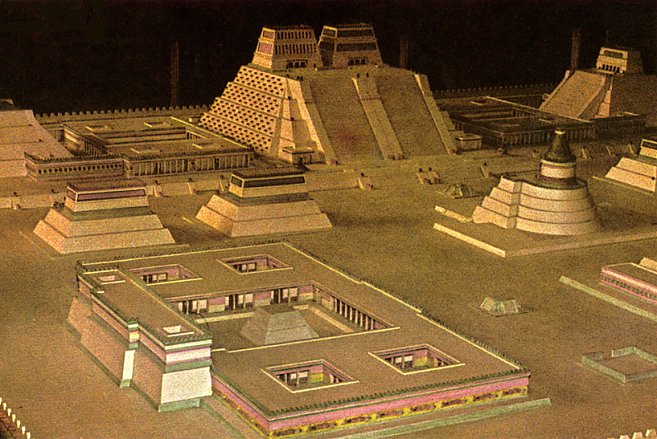
During the Spanish Conquest of Mexico the pyramids of Tenochtitlan were destroyed and the stones thereof were used to construct “New Spain”. Since that time, however, the government of Mexico has put into action a plan to restore and rebuild, through archeological digs, much of their ancient past. Numerous museums of international status have been built to display many thousands of artifacts with which the curators have sought to present a life like picture of these amazing cultures.
However, if we are to understand the ancient history of Mexico aright, we must go further back than the Mayan and Aztec empires, we must go back to Babel, where Nimrod, the world's first emperor, inaugurated his kingdom by building a “city and a tower”. It is quite evident, that from Babel, this philosophy was conveyed throughout the whole world so that “every nation made gods of their own, and put them in the houses [temples] of the high places … every nation in their cities wherein they dwelt” (2 Kings 17:29).
The people or nations who first discovered and populated the Americas appeared to have carried this culture well around the globe to where the Mayans and Aztecs built their cities and high places to house their gods. We could say with a degree of confidence then, that the Tower of Babel became the prototype for all the “pyramids” around the world.
Four thousand years had gone by since Nimrod had led the post-Flood population to build their city and tower at Babel. From that location God had scattered them around the world at a time when ocean levels were much lower than the present revealing various land bridges that allowed the inhabitants to literally “fill the earth” (Genesis 9:1, see “Migration”).
In due time however, the land bridge became flooded and the Americas became isolated and forgotten for over three millennia. To rediscover the Americas several hundred years ago, and find a culture that so closely resembles the early Babylonian culture is indeed one of the most astounding finds of antiquity and a most startling proof of the authenticity of the early chapters of Genesis and the story of mankind.
| Copyright © 2018 AccordingtotheScriptures.org. All rights reserved. | Home | Our Purpose | Statement of Faith | Contact | Subscribe |
